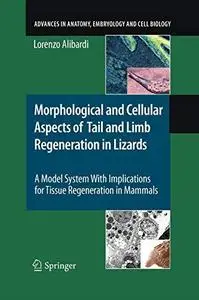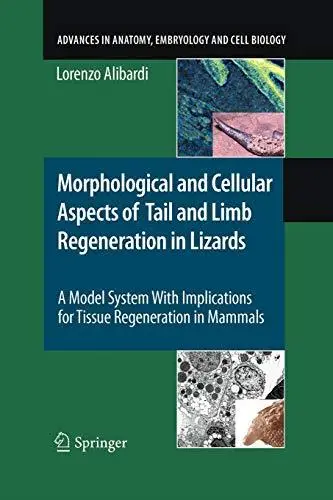Morphological and Cellular Aspects of Tail and Limb Regeneration in Lizards: A Model System With Implications for Tissue Regeneration in Mammals By Lorenzo Alibardi (auth.)
2010 | 112 Pages | ISBN: 3642037321 | PDF | 5 MB
2010 | 112 Pages | ISBN: 3642037321 | PDF | 5 MB
The present review deals with the analysis of the cytological processess occurring during tissue regeneration in the tail and limb of lizards. These reptiles are considered as a model to understand the process of tissue regeneration in all amniotes. The review begins with some evolutive considerations on the origin of tail regeneration in comparison to the failure of limb regeneration, a unique case among amniotes. The formation of the tail in the embryo and the possible accumulation of stem cells in autotomous planes of the tail are discussed. The histological and ultrastructural processess occuring during blastema formation and tail regeneration and during limb cicatrization are presented. The comparison stresses the scarse to absent inflammatory reaction present in the tail vs the massive inflammatory response in the limb leading to scarring. In fact the experimental induction of a strong inflammation in the tail also leads to scarring. The importance of the nervous system in stimulating tail regeneration in lizards is emphasized. The presence of growth factors and extracellular matrix proteins during wound healing of the tail and limb is introduced. The review concludes stressing the importance of the lizard model of tissue regeneration for medical studies and applications.



